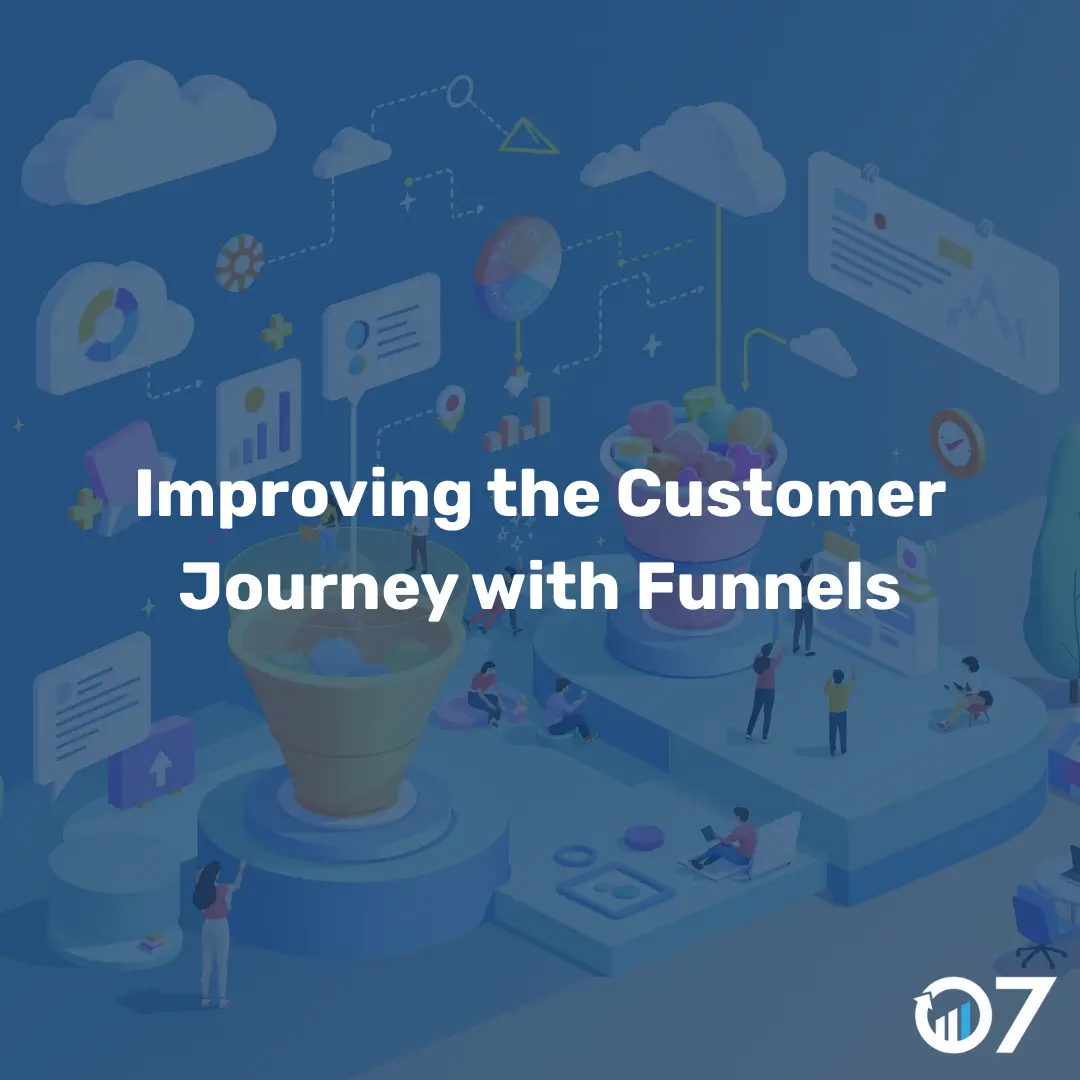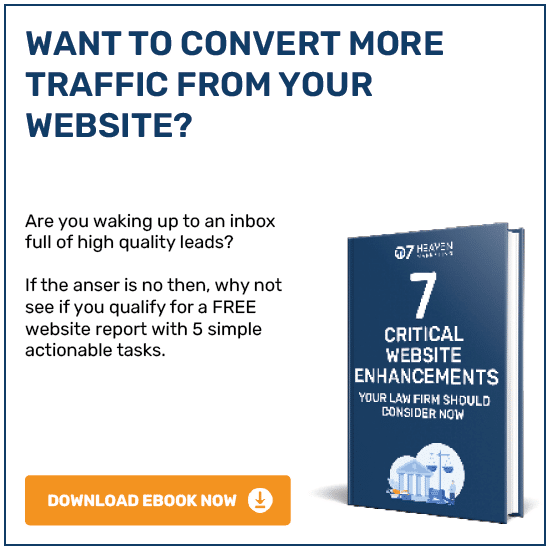Conversion funnels play a crucial role in optimizing the customer journey, guiding potential buyers from curiosity to commitment. By understanding how customers navigate through these stages, businesses can enhance their strategies to secure conversions. In this article, we will explore conversion funnels, their impact on customer experiences, and offer tips for optimizing your funnel to achieve better results.
The concept of a conversion funnel can be visualized as a pathway that guides customers through various stages of their buying journey. Imagine riding a thrilling roller coaster; initially filled with excitement at the thought of climbing to the top, the ride then encourages you to explore deeper into the thrill of the journey. In the business realm, the conversion funnel works in a similar way, starting with a broad audience at the top and narrowing down to a select few who make a purchase.
Understanding the Stages of a Conversion Funnel
The journey through the funnel consists of distinct stages, which are generally categorized into three parts: awareness, consideration, and conversion. Recognizing these stages is vital for crafting a seamless customer experience.
- Awareness (Top of the Funnel – TOFU): At this initial stage, potential customers become aware of your brand through various marketing channels like social media, blogs, or advertisements. Your goal is to capture their attention and spark interest.
- Consideration (Middle of the Funnel – MOFU): Here, potential buyers engage further with your content. They may sign up for newsletters or explore product details. This stage is critical as you provide informative content to retain interest and encourage them to consider your offerings.
- Conversion (Bottom of the Funnel – BOFU): This final stage is where the actual purchase or desired action occurs. The aim is to eliminate barriers to conversion and make the purchasing process as smooth as possible.
Optimizing the Conversion Funnel
To ensure that customers smoothly progress through the funnel, optimization is key. Here are several strategies that can enhance the funnel experience:
- Engagement: Keep potential customers engaged by providing valuable content tailored to their interests. Respond promptly to inquiries and concerns to establish trust.
- Reduce Friction: Simplify your buying process. Ensure website navigation is easy and that the checkout process is quick and user-friendly, minimizing any hurdles that could lead to cart abandonment.
- Leverage Data: Utilize analytics to understand customer behavior at each funnel stage. Monitoring key interaction metrics will help to identify drop-off points and understand where improvements can be made.
- Personalization: Employ personalization strategies in your communications. Addressing potential customers by name and recommending products based on their browsing history can significantly enhance engagement.
- Professional Copywriting: Effective copy can influence the decision-making process. Craft clear, compelling messages that relay the benefits and value of your offerings. A strong call-to-action should also be present at each step to guide customers.
- A/B Testing: Regularly perform A/B tests on your landing pages and email campaigns. Testing different formats and styles can help you understand what resonates best with your audience and improve responses.
- Gather Customer Feedback: After a purchase, encourage customers to provide feedback on their experience. Insights gleaned from their responses can guide future funnel optimizations and enhance customer satisfaction.
Conclusion Enhancing the Customer Journey Through Conversion Funnels
In conclusion, focusing on the optimization of your conversion funnel is fundamental in creating a better customer journey. By streamlining each stage from awareness to conversion, businesses can not only increase satisfaction but also improve their bottom line. Remember to continuously analyze customer interactions and make adjustments based on their feedback and experiences. With a well-structured funnel, businesses can encourage more leads to convert into valuable customers, ultimately benefiting their growth and sustainability.





